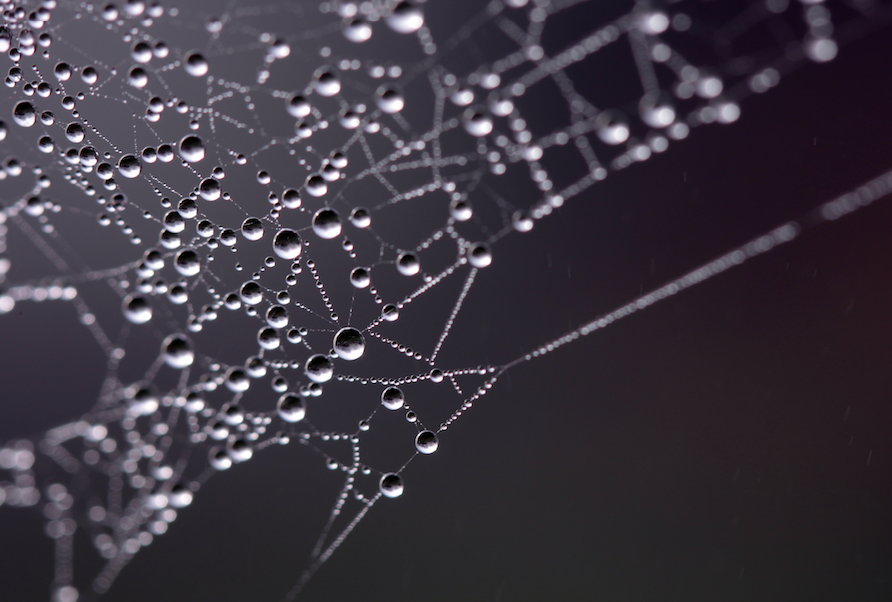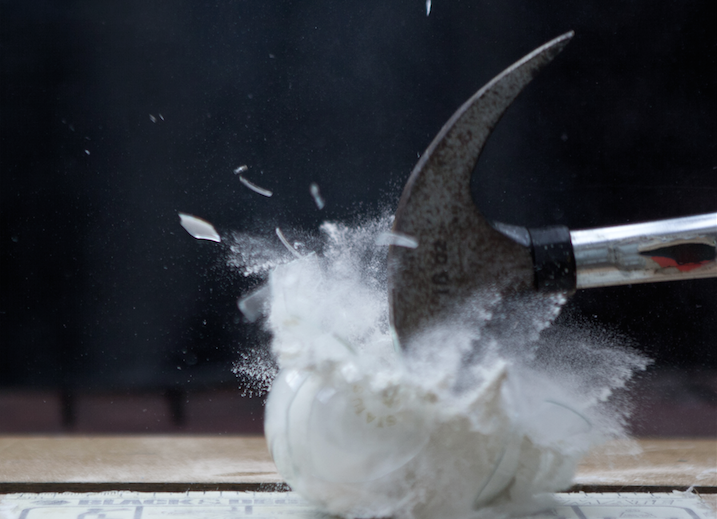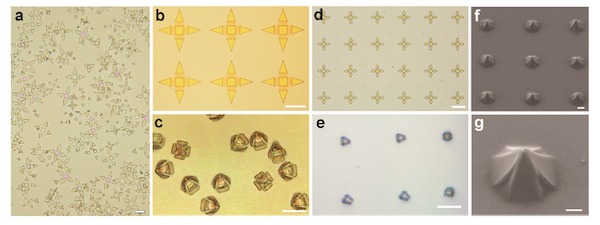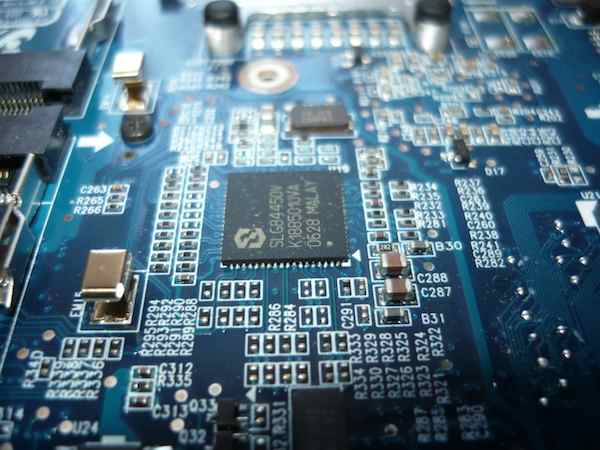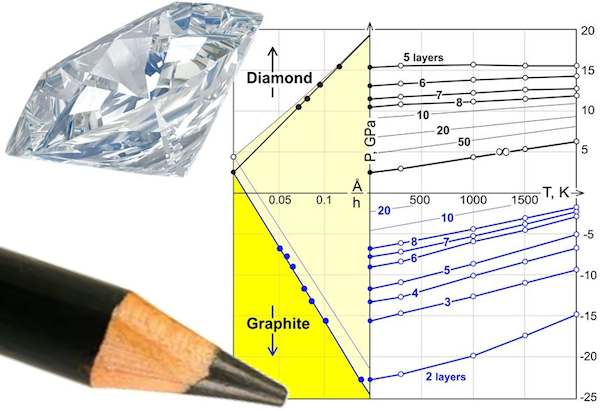For the first time ever, scientists at Bangor and Oxford Universities in the U.K. are using spider silk as a superlens to increase magnification potential, opening up new possibilities to explore structures currently invisible to modern microscopes.
Read MoreTo better understand graphene’s potential when it comes to flexible electronics, researchers at Rice University in Houston, Texas, are testing how graphene layers interact under shear strain.
Read MoreResearchers at the University of Texas at Austin are developing materials that allow windows to let light pass through without transferring heat and, on the flip side, to block out light while allowing heat transmission.
Read MoreResearchers from The Johns Hopkins University and the U.S. Army Research Laboratory have manufactured self-folding, biocompatible, silicon nanostructures—that can capture single live cells in solution.
Read MoreHarvard scientists have synthesized alumina shells on silicon nanowires to protect the wires and vastly extend their lives in biomedical nanoelectronics.
Read MoreScientists from Rice University and Russia have developed a phase diagram for the conversion of thin layers of graphene to diamond, which indicate it may be possible to chemically achieve the transition without high pressure.
Read MoreAfter denting the zinc oxide nanobelt with an AFM tip, electric current helped the nanobelts heal and regain much of their function. (Credit: Nano Letters) Xiaodong Li at the University…
Read More
